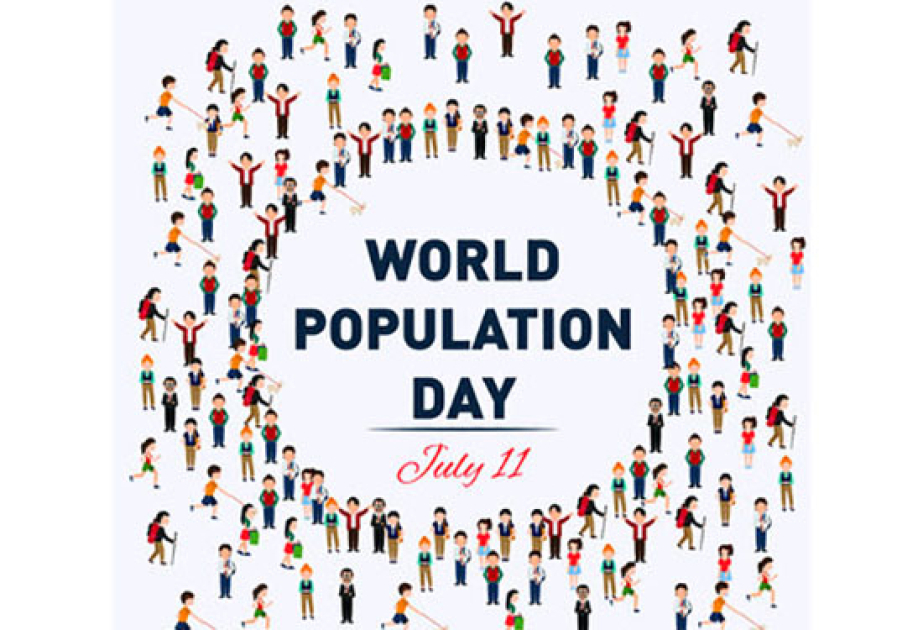On July 11, 1987, the world population exceeded the five billion mark, according to the United Nations. In order to bring the associated problems more into public focus, the UN declared July 11 as International World Population Day in 1989.
Almost three people are born every second - that's around 80 million people a year. The United Nations predicts that the world's population will rise to 9.2 billion by 2050. The population growth of the future will occur almost exclusively in developing countries. The population there is expected to grow from 5.7 billion today to almost eight billion people over the next four decades. In industrialized countries, on the other hand, the population will remain relatively stable. Only around 70 million people will be added here by 2050.
The number of countries with low birth rates has increased significantly worldwide - on average, women worldwide have 2.3 children in their lifetime. By comparison, at the beginning of the 1960s the total birth rate was still around 5 children per woman. In order for the generation of children to replace the parents' generation in terms of numbers, a birth rate of 2.1 children per woman is required - this value is referred to as the replacement level.
On average, women worldwide have 2.3 children in their lifetime. For comparison: at the beginning of the 1960s, the total birth rate was around 5 children per woman. In order for the generation of children to replace the parents' generation in terms of numbers, a birth rate of 2.1 children per woman is required - this value is referred to as the replacement level. As calculations by the Federal Institute for Population Research (BiB) based on UN figures show, the majority of people today live in a country whose birth rate has already fallen below the replacement level. In Germany, this has been the case since 1970. The fact that the population has not shrunk since then is due to immigration.
From a global perspective, Serbia was one of the pioneers in the transition to low birth rates: the birth rate there fell permanently below the value of 2.1 children per woman as early as 1957. Denmark and Finland fell below the replacement level in 1969. At that time, only ten percent of all people lived in a country with a birth rate below the replacement level. In the following period, other populous nations fell below the 2.1 mark, such as the USA (1972), South Korea (1984), China (1991) and Brazil (2003). Since 2020, India, now the most populous country in the world, has also fallen below the replacement level.
In the coming years, researchers expect that the proportion of the world population living in countries below the replacement level will not increase as much as it has recently. Only a further 4 percent of the world population is expected to be added by 2070. This is mainly because the United Nations does not expect a decline below this level for some populous countries south of the Sahara until the end of the century.















